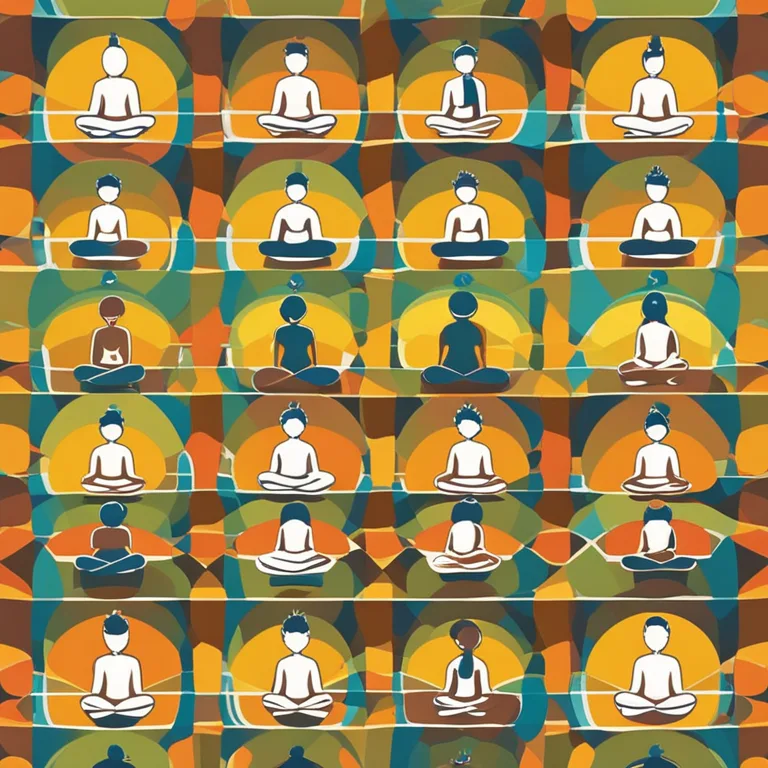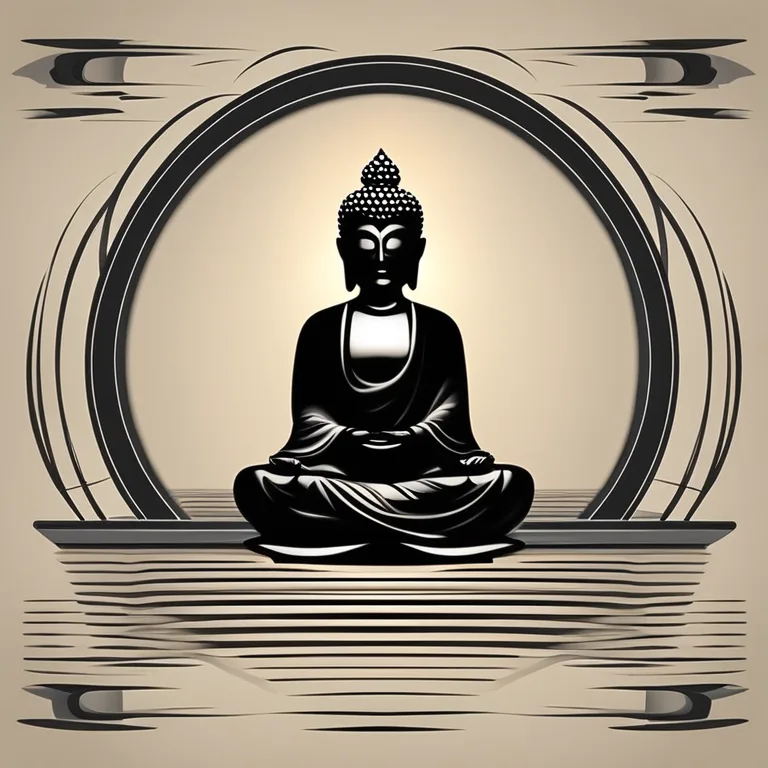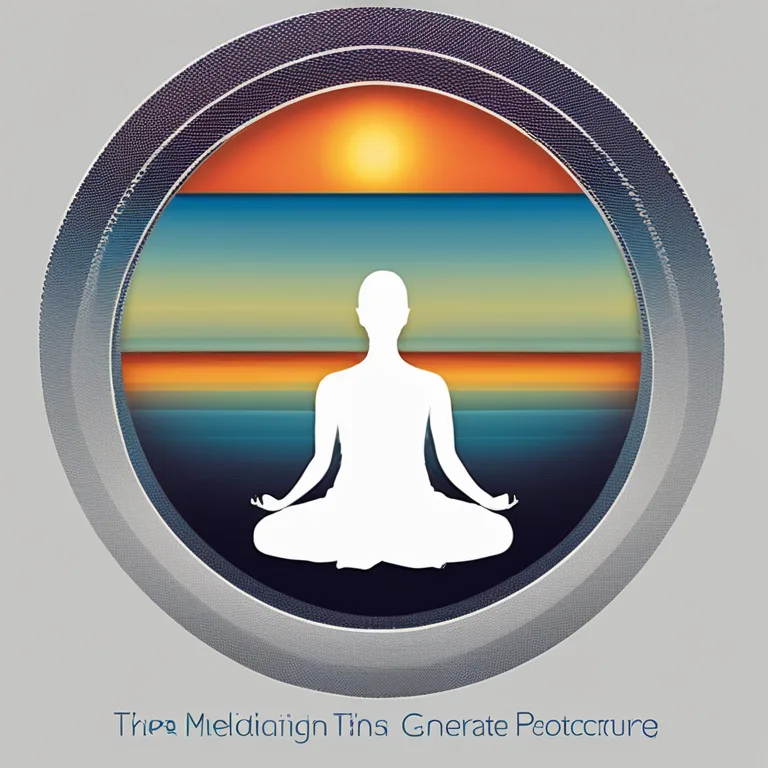
Meditation Guide For Beginners
Discover simple meditation tips for starters to cultivate mindfulness and tranquility in your daily life.
article by Hina Kurosawa
Getting Into Meditation
Meditation can seem intimidating to beginners, but it doesn't have to be. Starting with the basics, meditation can be any practice that involves focusing your mind on a particular object, thought, or activity to achieve mental clarity and emotional calmness. In these times where stress and anxiety are commonplace, the ancient practice of meditation has grown in popularity, driven by its well-documented benefits in reducing stress, improving focus, and contributing to overall wellbeing. With various techniques available, it's essential to find one that resonates with your lifestyle and preferences.

Finding Your Space
Before diving into meditation, it's important to identify a tranquil space where you can practice without interruption. This doesn't necessarily require a secluded mountaintop; a quiet corner in your home will suffice. The space should ideally be tidy, as physical clutter can translate to mental clutter. Personal touches, such as plants, cushions, or calming colors, can help foster a serene environment. Nowadays, guided meditation apps and online resources are abundant, and many offer virtual environments that can enhance the meditation experience for those living in urban settings.

Setting a Consistent Schedule
Consistency is key when beginning a meditation practice. Decide on a time of day that works best for you—many prefer the calm of early morning or the peace of the evening. Aim to meditate at the same time each day to establish a routine. The length of your sessions can vary; even a few minutes daily can make a significant difference over time. Advances in wearable technology now allow individuals to track their consistency and physical responses to meditation, providing an extra layer of insight into personal patterns and progress.

Embracing the Right Posture
A proper meditation posture can help you maintain focus and avoid discomfort. You don't need to adopt a full lotus position right away. Simply sitting in a chair or on a cushion with your back straight and hands on your lap can be sufficient. Close your eyes or lower your gaze to reduce visual distractions. Nowadays, ergonomic meditation cushions and chairs designed to support posture are widely available, catering to the growing number of people incorporating meditation into their wellness routines.

Starting With Breathwork
Breathwork is a cornerstone of many meditation practices. Focusing on your breathing helps anchor the mind and brings your attention to the present moment. Techniques vary, but a simple start is to notice the natural rhythm of your breath without trying to change it. As technology advances, gadgets and apps that guide breathing cycles have become popular aids, especially for those who find establishing a rhythm challenging.
Handling Wandering Thoughts
An obstacle that many beginners face is the frustration of a wandering mind. Instead of wrestling with these thoughts, the practice should be to acknowledge them without judgment and gently refocus on your breathing or selected focus point. With persistent practice and the assistance of mindfulness apps, which are continually evolving with personalized guidance, the ability to return to your focus will become more effortless over time and help to cultivate a more open and tranquil mind.
Progressing and Patience
It's important for beginners to understand that meditation is a journey, not a destination. Measuring progress in meditation isn't about achieving a set goal; rather, it's about the continual return to the practice and noticing subtle shifts in daily life. Be patient with yourself—consider tracking your journey through journals or apps designed for such self-reflection. As meditation practices and tech continue to intersect, the support for your journey is ever-expanding. In the age of information, staying updated with the latest trends and tools in the meditation realm can greatly enhance your experience.
Published: 12/20/2023
Modified: 12/20/2023
More predictions
Come back here soon to learn more about yourself and your future



